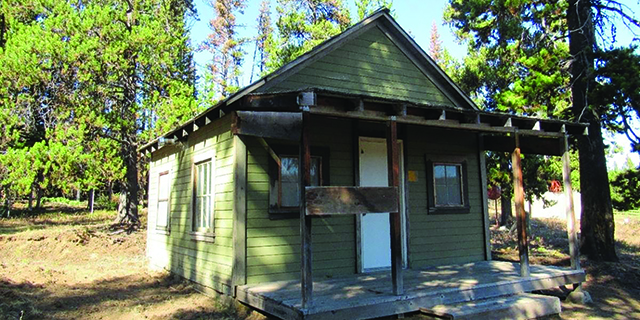National Garden Month
Published 11:26 am Tuesday, April 9, 2019
April is National Garden Month, and after what seemed like a winter that wouldn’t end, spring is finally here. Now is a good time to start thinking about that summer garden. What will you grow? Raised beds or flat? Starts, seeds or both? Where will the garden be located? All good things to consider, but have you thought about enlisting the help of your children or grandchildren in the project?
Studies have shown that children who are engaged in the preparation (and this includes growing) of their food, are more inclined to try new foods and have a broader palate, than those who don’t participate. Think your little ones don’t like, or won’t eat, spinach? Try helping them grow some, put it in a smoothie with juice and frozen fruit, and see what happens.
Trending
There are many vegetables and flowers that grow well in our area of the state. Children enjoy, and can be successful at, growing green beans, lettuce, spinach, carrots and sunflowers. And, for a little variety, throw in some easy to grow herbs such as basil, dill or chives. Older children can help prepare the soil for planting, and younger children can help put the seeds in the ground. Then of course there is everyone’s favorite task—weeding!
If you do not have an area for a garden, never fear—many vegetables can effectively be grown in pots set out on the deck or patio. Cherry tomatoes are a favorite vegetable for a pot, and children like going out to the pot and picking off the bright red, or yellow, tomatoes.
Growing a garden is also an excellent opportunity to explain to children how our food is grown and produced. Fruits and vegetables don’t just magically appear at the grocery store; someone, somewhere, has to grow them, tend them and harvest them at some point. A home garden is an excellent chance to explain how the seed in the ground, grows a root, leaves and then the part that we eat.
Besides eating a nutritious diet of grains, fruits, vegetables, dairy products and lean protein, part of a healthy lifestyle is physical activity. Children need 60 minutes of physical activity every day. All the bending, pulling and digging entailed in a garden goes a long way toward meeting that 60 minute goal.
Once the vegetables have matured, comes picking what they have grown. Then comes the best part about a garden—eating what they have grown. Moving into the kitchen provides a chance for families to learn new ways of preparing their bounty, and to enjoy the process, and closeness, of cooking and eating together. Children learn by doing, watching others and imitating them. Adults are great role models for children. If children see their adult family members and siblings eating kale, they are more likely to try it.
The cooking together and eating a dish with vegetables from the garden also enables parents and grandparents to engage their children and grandchildren in a conversation about the garden and its produce. If you start with questions such as, “what was hard about growing a garden?” “what did you like best?” “what is your favorite vegetable and what should we grow next year?” will get children to think about what goes in their bodies and why.
Trending
For kid-friendly recipes for using produce, or for information on what grows well in the Wallowa Valley, call the OSU Extension Service at 541-426-3143.
And, who knows? Maybe next year everyone’s favorite vegetable will be parsnips. Happy gardening!









